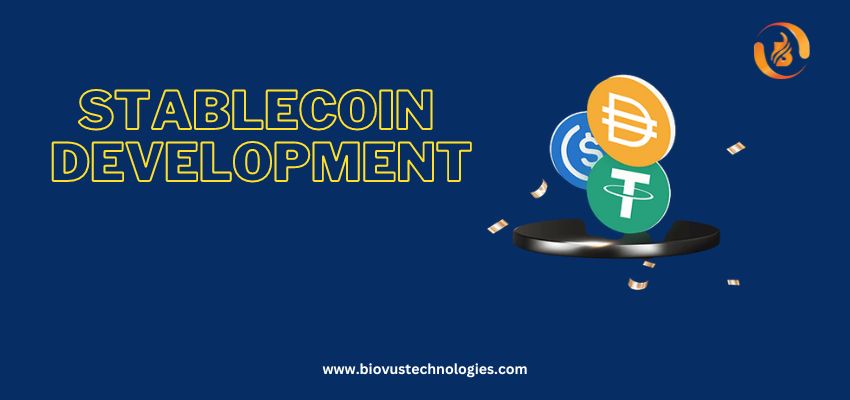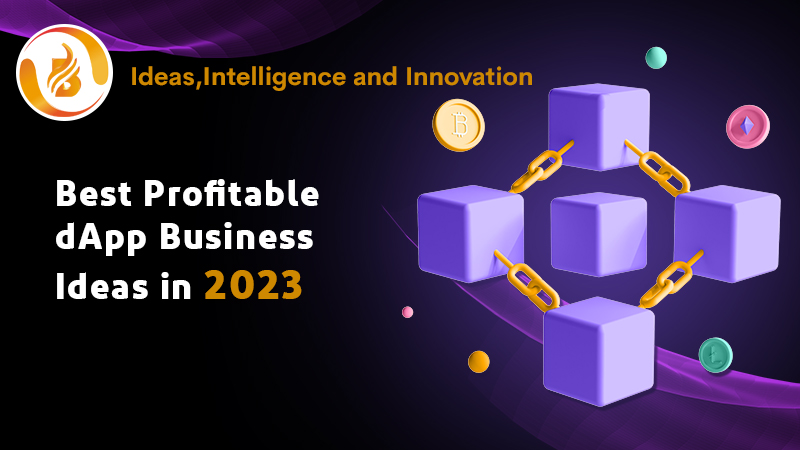Through the years, the Internet has changed. Web 1.0 was the first, consisting of static web pages that served content from hosts’ file systems. Without any feature for content interaction, it gave users access to data from wherever in the world.
Then, Web 2.0 made it possible for people to engage with online content, hence promoting the expansion of user-generated content. Although cutting edge, Web 2.0 has some disadvantages, including restricted user data control and security.
Web 3.0, in contrast, shifts control to owners by using a decentralized network for data transmission. Additionally, Web 3.0 emphasizes user empowerment over community growth. It’s fascinating, isn’t it? Why wait then? Let’s take a closer look at this read-write-interact web!
What is Web 3.0?
Web 3.0 can be defined as a version of the internet that tries to connect data in a decentralized way rather than using a centralized architecture in order to provide a quick and individualized user experience.
The Semantic Web, also known as Web 3.0, is based on AI and machine learning, and it uses blockchain technology to protect your data.
Businesses would benefit from Web 3.0 since it will enable them to create apps by dispersing functionality among many block nodes. This not only makes commercial transactions more transparent, but it also allows us to track all past data. As a result, users are no longer dependent on the company creating the platform.
Amazing, doesn’t it sound? For example, we could simply merge the physical and digital worlds into a single ecosystem.

How does Web 3.0 works?
Traditionally, servers are how the internet functions. Based on each user’s online activity, data travels to the server and leaves the server. This data flow between the two users is managed by the service provider.
Web 3.0 aims to speed up and simplify online searches.Web 3.0 is built on the blockchain technology. (Blockchain technology: It functions like a record book, helping to keep track of all assets present in the company network and recording transactions in chronological order.)
Web 3.0 aims to use decentralized apps to make the internet a more decentralized space. The user has more privacy control and data security thanks to these Dapps, which are regular applications running on a peer-to-peer network.
Web 3 Revolution – Blockchain, cryptocurrency, and NFTs
Let’s examine each of these in turn!
Blockchain and Web 3.0:
With Blockchain at its foundation, the app development industry is undergoing a significant shift toward a new method of user interaction. The Semantic Web, also known as Web 3.0, is being developed on the foundation of AI, ML, and blockchain technology.
By utilizing smart contracts, seamless integration, and censorship-resistant storage of peer-to-peer network data files displaying interoperability, Web 3.0 incorporates artificial intelligence.
Web 3.0 can operate on decentralized protocols thanks to the blockchain technology launched with machine learning and the internet of things.Siri and Alexa are examples of voice assistants that use machine learning to create new types of internet services.
Blockchain technology is so inescapable and the engine behind Web 3.0.
Crypto Web 3.0
When we hear the word “crypto,” the first things that come to mind are Bitcoin and Ethereum. In addition to being coins, they serve as the base for decentralized applications (Dapps) based on blockchain technology.
A digital or virtual currency that is secured by cryptography and hence impossible to counterfeit is known as cryptocurrency.
The word “Crypto” refers to the numerous cryptographic methods and encryption algorithms that are used to protect the records of these transactions.The evolution of the Internet as we know it will go more quickly thanks to cryptocurrencies, which can be seen as the spark for that change.
Through the use of blockchain technology, there is a fusion of skills in app development and comprehending business processes.
NFT’s Web 3.0
The most recent craze in the digital realm is NFTs. Read a little bit about them now! Blockchain technology powers Web 3.0, enabling ownership, trading, and upholding network trust. Assets are valued on this network using tokens called NFTs.
Non-Fungible Tokens are known as NFTs. The uniqueness of NFTs determines their worth. For illustration, we can contrast NFTs with a plane ticket. The only differences are the seat number and the location, which share the same style and appearance.
Anything in a digital format with a value associated can be an NFT. They are bought and sold online for cryptocurrencies.
They function differently than an ETH coin because they are typically located on the Ethereum blockchain and are maintained on digital ledgers that may hold a lot of data.
Visit us on: www.biovustechnologies.com








Comments on “Web 3 Revolution – Blockchain, Cryptocurrency, and NFTs”